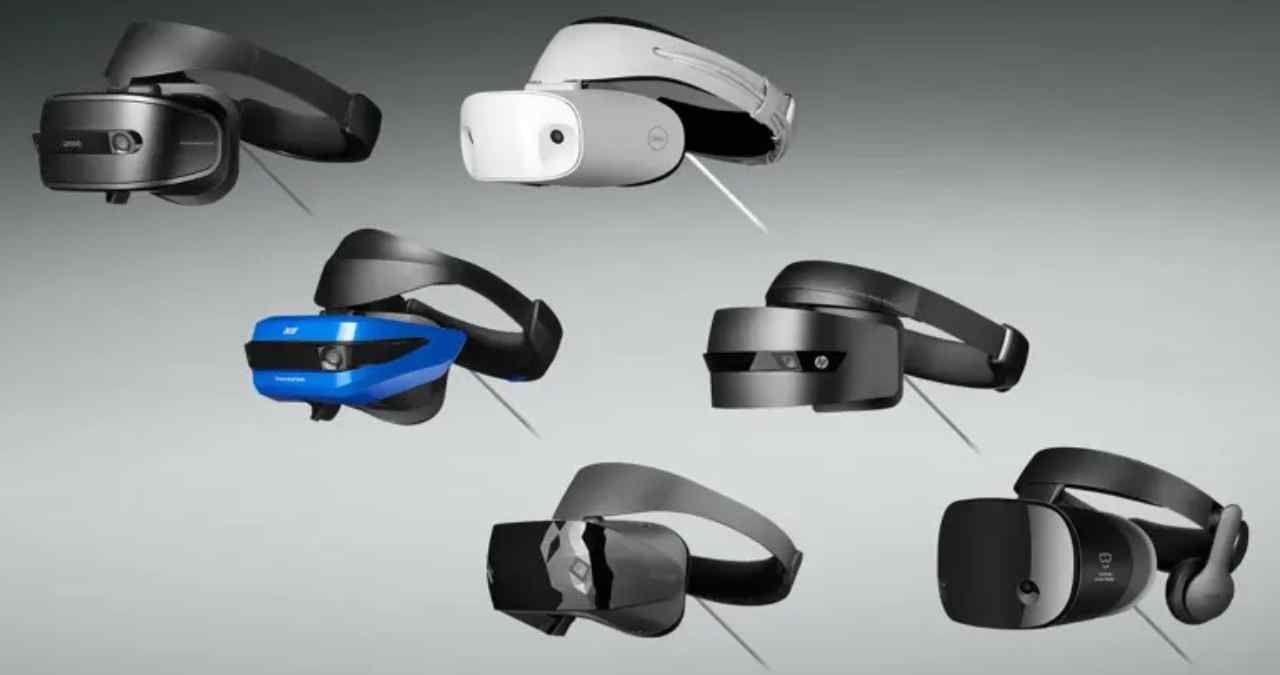Windows Mixed Reality has been in a strange spot for a while. Once pitched as a bridge between accessible VR and Windows ecosystems, it’s slowly slipped into obscurity as newer platforms like Meta Quest and PlayStation VR2 dominate attention. But a fresh update from Microsoft suggests WMR isn’t done yet. The long‑awaited Oasis driver is expected to arrive on Windows 11 this month, signaling a potential revival for anyone still using these headsets.
This driver has been a missing link for many VR users who upgraded to Windows 11 and found their WMR devices performing inconsistently or facing compatibility issues. If Microsoft follows through, it could stabilize the experience and extend the life of hardware that’s otherwise been collecting dust for many.
Oasis driver aims to stabilize WMR on Windows 11
Oasis is more than a simple patch. It’s a key part of Microsoft’s plan to make WMR viable on modern Windows builds. Current users often report tracking hiccups, app crashes, or limited compatibility since the shift to Windows 11. The Oasis driver is designed to address these problems by improving headset recognition, visual rendering, and system stability.
For many, this could mean dusting off older WMR headsets like the HP Reverb G2 or Samsung Odyssey and getting a smoother VR experience without needing to switch to another platform.
Why this matters for VR users
Even though WMR is far from the center of the VR conversation, plenty of users still rely on it for flight sims, racing games, and other PC‑based experiences. If Oasis successfully rolls out this month, it could give these players a reason to keep their headsets in rotation rather than moving to Quest or SteamVR‑native devices.
It’s also an interesting move in the broader VR landscape. As competitors focus on wireless ecosystems and standalone hardware, Microsoft may be quietly reinforcing the PC VR niche with an approach that favors reliability and integration over spectacle.
What to expect next
If the Oasis driver arrives on schedule, WMR users should see immediate improvements in tracking and stability, particularly on Windows 11 builds that previously struggled. Microsoft hasn’t made big promises beyond this update, so whether it’s a step toward a larger revival or just a maintenance move remains to be seen.
For now, it’s a small but meaningful sign that Windows Mixed Reality still has a place in the modern VR scene, at least for those who’ve held onto their headsets.
Virtual Reality Explorer & Game Reviewer
Always the first to plug in. VRSCOUT dives head-first into the most immersive VR worlds, analyzing mechanics, comfort, innovation, and that elusive “presence” factor. If he says it’s worth it, it probably is.




